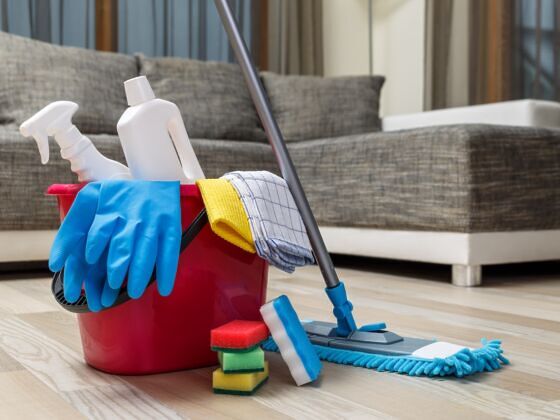ALISON HAYNES KNOWS a thing or two about keeping house, having just released Clean Sweep: The Ultimate Guide To Decluttering, Detoxing and Destressing Your Home. The guide serves as a comprehensive how-to for any homeowner, including many ‘recipes’ for homespun cleaners and beauty aids.
Alison took a few minutes to answer our questions about dangers that might be lurking in our abodes.
